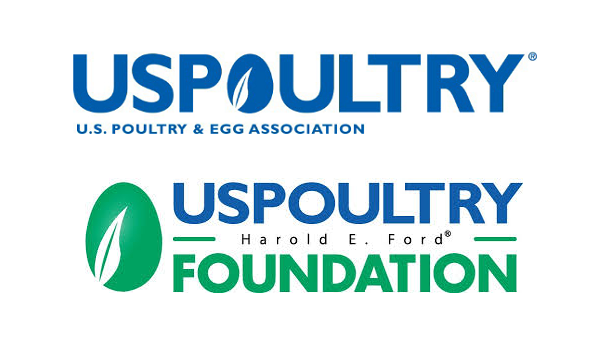
USPOULTRY and the USPOULTRY Foundation announce the completion of a funded research project by researchers at North Carolina State University which not only showed that non-toxic segments of C. septicum alpha toxin possess a protective ability against experimental Clostridial dermatitis infection of turkeys and can be suitable vaccine candidates, but also both parenteral and oral routes of vaccination can protect turkeys against Clostridial dermatitis. The research was made possible in part by an endowing Foundation gift from Prestage Farms. The research is part of the Association’s comprehensive research program encompassing all phases of poultry and egg production and processing. A summary of the completed project is below.
Project #BRF-014: Development of a Probiotic-Based Recombinant Oral Vectored-Vaccine Against Clostridial Dermatitis in Turkeys
(Dr. Ravi Kulkarni, Department of Population Health and Pathobiology, College of Veterinary Medicine, North Carolina State University, Raleigh, N.C.)
Clostridial dermatitis (CD), caused predominantly by Clostridium septicum, is an economically important disease of turkeys characterized by necrotic dermatitis and sudden death. Previous research showed that C. septicum alpha toxin (ATX) is a key factor in producing CD and that protection against CD seems to depend on ATX antibodies. Through the recent study, Dr. Ravi Kulkarni and researchers from North Carolina State University identified ‘non-toxic domains of ATX’ (ntATX) and developed two probiotic Lactococcus lactis-based vaccines expressing ntATX antigens. Findings showed that the non-toxic segments of C. septicum ATX possess a protective ability against experimental CD infection of turkeys, and hence, can be suitable vaccine candidates. Further, employing both the subcutaneous and oral routes of vaccination can protect turkeys against CD.
The research summary can be found on the USPOULTRY website. Information on other Association research may also be obtained by visiting the USPOULTRY website, uspoultry.org.
Source: US Poultry & Egg Association







